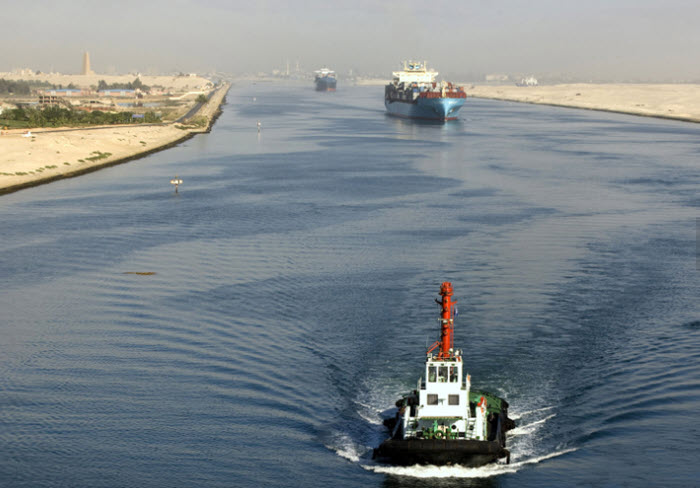Ongoing congestion at the Panama Canal has forced charterers looking to deliver US LNG cargoes to northeast Asia to seek alternative routes, with the Suez Canal emerging as the clear preference in recent weeks.
Transit of the Suez Canal had already increased for carriers with US cargoes that were loaded in December and en route to east Asia. Some 15 carriers with US December-loaded cargoes are set to cross the canal on their way to northeast and southeast Asian markets, up from two for December 2019-loaded cargoes, while Panama transits also rose to 22 from 13, according to Vortexa data. But deliveries to east Asian markets through the Cape of Good Hope rose only slightly to three from two. An increase in US export capacity partly explains the rises, with total December loadings climbing to around 88 cargoes from 54 a year earlier. And ample northeast Asian demand for Atlantic LNG has also spurred inter-basin cargo flows, driving demand for canal transits.
But 10 carriers laden with US cargoes loaded on 1-12 January are already set to transit through the Suez Canal, with a further seven heading towards the Mediterranean without a declared destination, of which at least some are likely to continue through Suez. Only eight January-loaded LNG cargoes are currently set to transit the Panama Canal, and a single cargo appears to be heading towards the Cape of Good Hope.
LNG carriers with US cargoes have faced significant delays at the Panama Canal throughout much of the past three months, as strong northeast Asian demand pulled US cargoes west through the canal into the Pacific at the same time as quick demand from other market segments emerged, while fog and Covid-19 protocols weighed on crossings, market participants noted. And with US liquefaction capacity ramping up significantly in the past year, the effect of the open LNG inter-basin arbitrage on demand for Panama crossings was more pronounced than in previous years.
LNG carrier congestion at Panama appears set to remain, although mainly for northbound crossings by empty carriers from the Pacific to the US Gulf seeking to return to load at US export facilities. The lower congestion for laden southbound crossings is likely a result of alternative routes being planned, as charterers seek to avoid the significant multi-day delays seen in late October-December.


